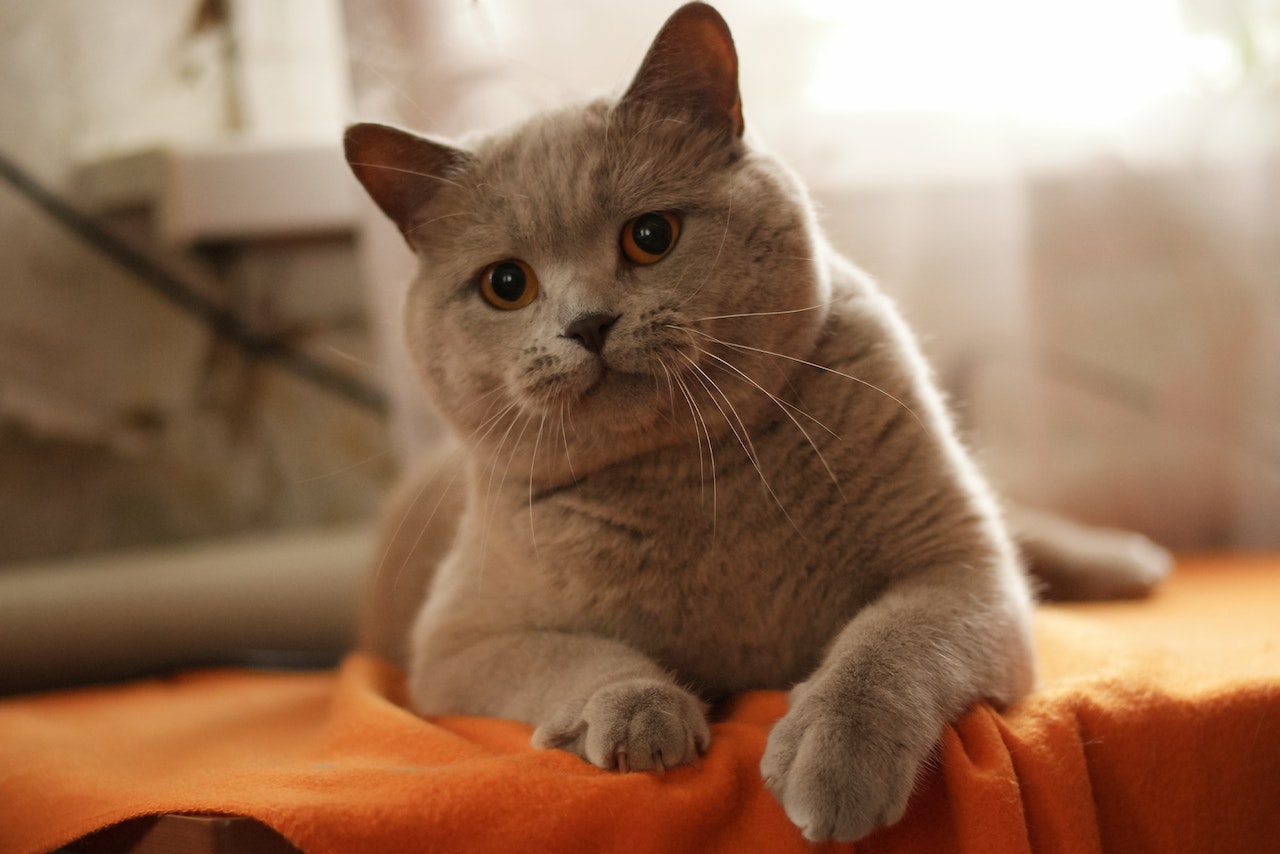When it comes to pets, what they eat can have more of an impact on their health than we tend to realize. A balanced diet helps your pet live longer, healthier and more comfortably, so it’s important to pay attention to the types of foods you feed them and ensure they are receiving everything they need in their diet. With that in mind, here are ten things you might not have realized about our top 10 pets and their nutrition needs.
1. Cats
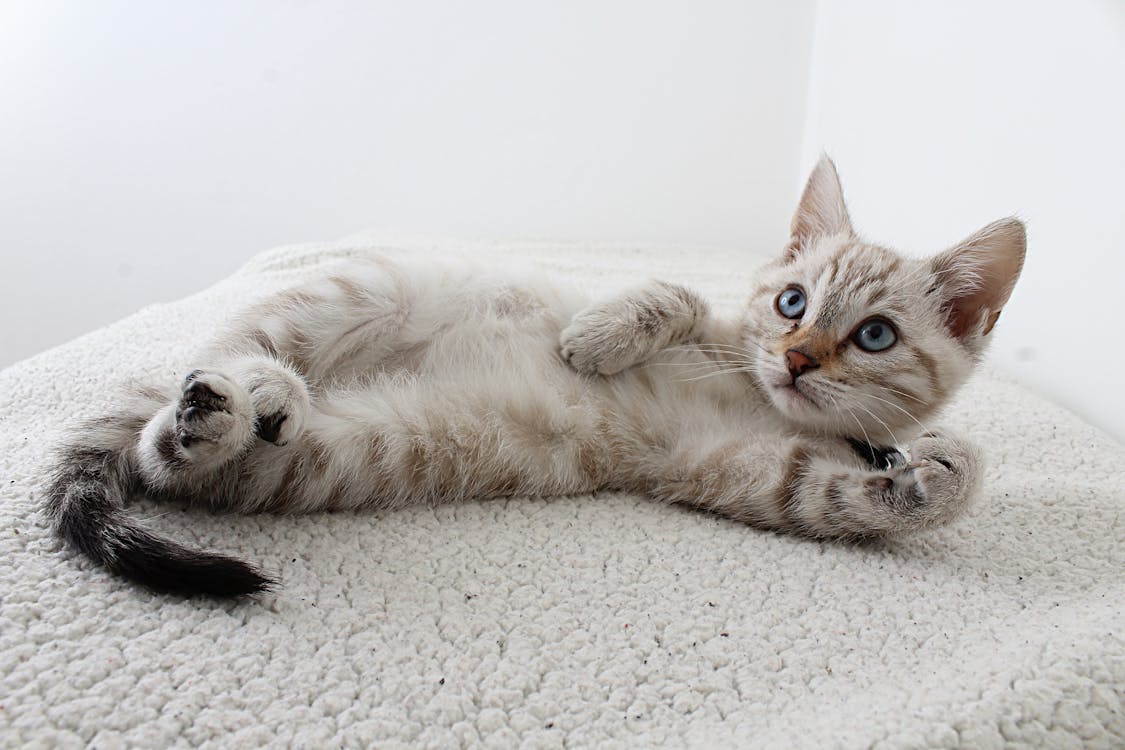
Cats are obligate carnivores, meaning they need animal proteins to survive. This means that a cat’s diet should consist of meat, fish, or poultry. A cat’s digestive system is also different from humans and dogs because their intestines have been adapted to digest meat. This means that when you feed your cat food like cereal or vegetables, it will not break down the nutrients for your cat which can lead to serious health problems.
2. Fish
What makes fish so nutritious? One of the main reasons is that they are high in omega-3 fatty acids. This type of fatty acid is not made by the body and has been linked to improvements in cardiovascular health, brain health, and reducing the risk of inflammatory disorders such as arthritis. But these omega 3’s aren’t just any fish oils, they have to come from certain types of oily fish like salmon, trout, herring or sardines.
3. Birds
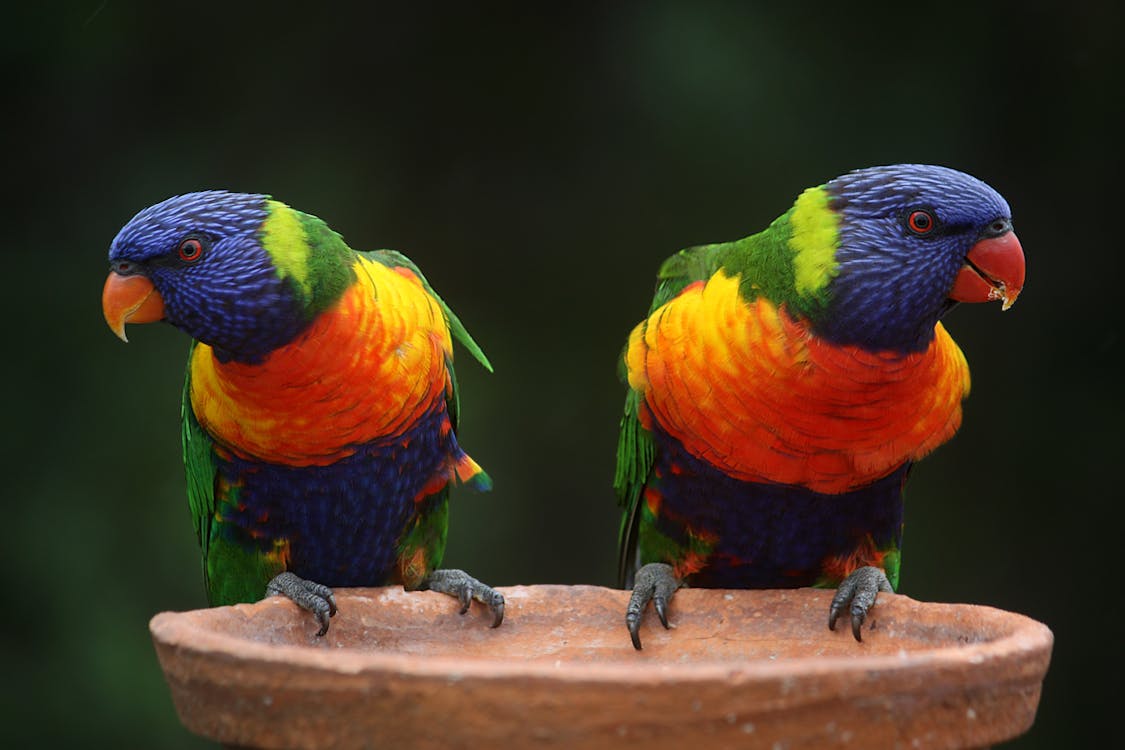
Birds have no teeth, so they use a beak to crush and eat their food. They also don’t have any salivary glands, so they can’t produce saliva to wash down their food. This means that seeds are the only bird food that is safe for them to eat!
4. Horses
Horses eat hay, a type of grass that is high in fiber and low in sugar. They also eat oats, barley, corn, rice, and other grains for carbohydrates. Horses are herbivores and don’t need much protein or fat in their diet. Horses are usually fed a mix of hay and oats or corn to provide energy as well as vitamins and minerals they may not be getting from their diet alone.
5. Rabbits
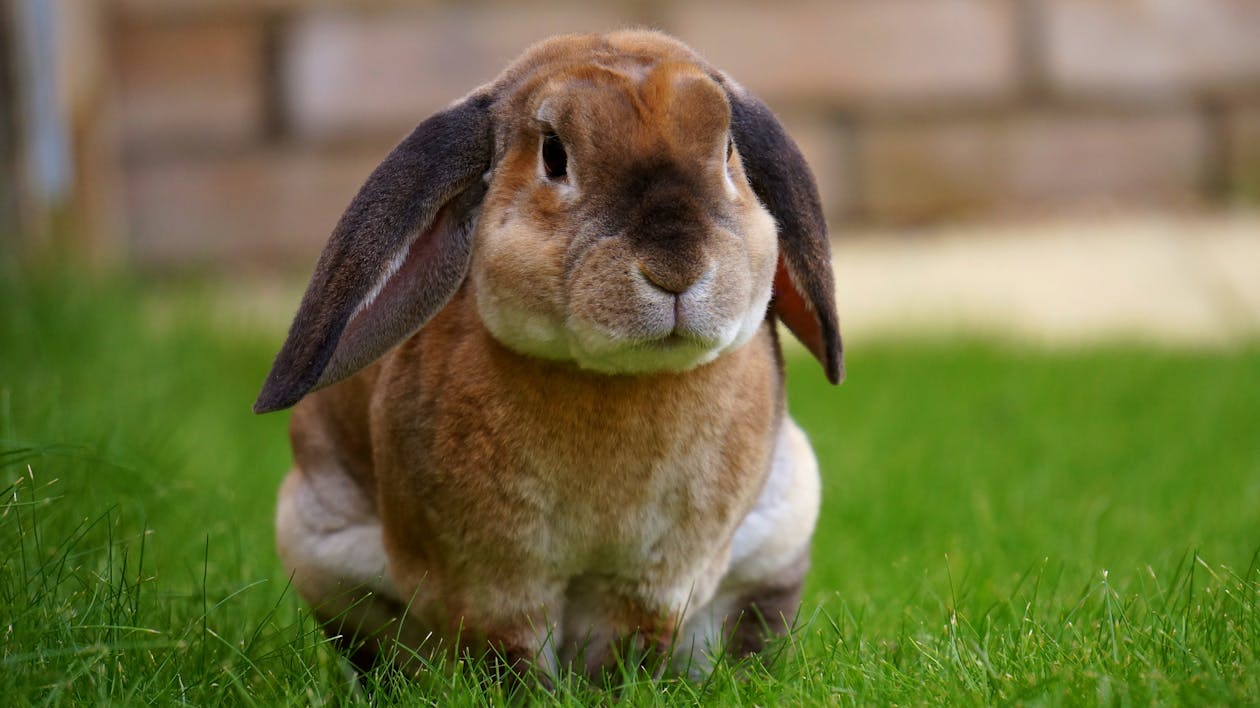
Rabbits are herbivores and need to eat a diet that is high in fiber, low in fat, and has a high water content. They have sensitive digestive systems so feeding them too much of the wrong things can lead to problems. A healthy diet for a rabbit should consist of hay, vegetables, fruit, and commercial pellets made specifically for rabbits. Avoid feeding your pet treats with sugar or chocolate, which can be harmful to their stomachs.
6. Hamsters
Hamsters can be fed anything from a hamster mix to fruit, vegetables, and grains. They also enjoy small seeds such as sunflower seeds, pumpkin seeds, and sesame seeds. Hamsters are typically on the nocturnal side of things, so they like to eat at night when they’re more active. They need an average of 200 calories per day.
7. Guinea Pigs
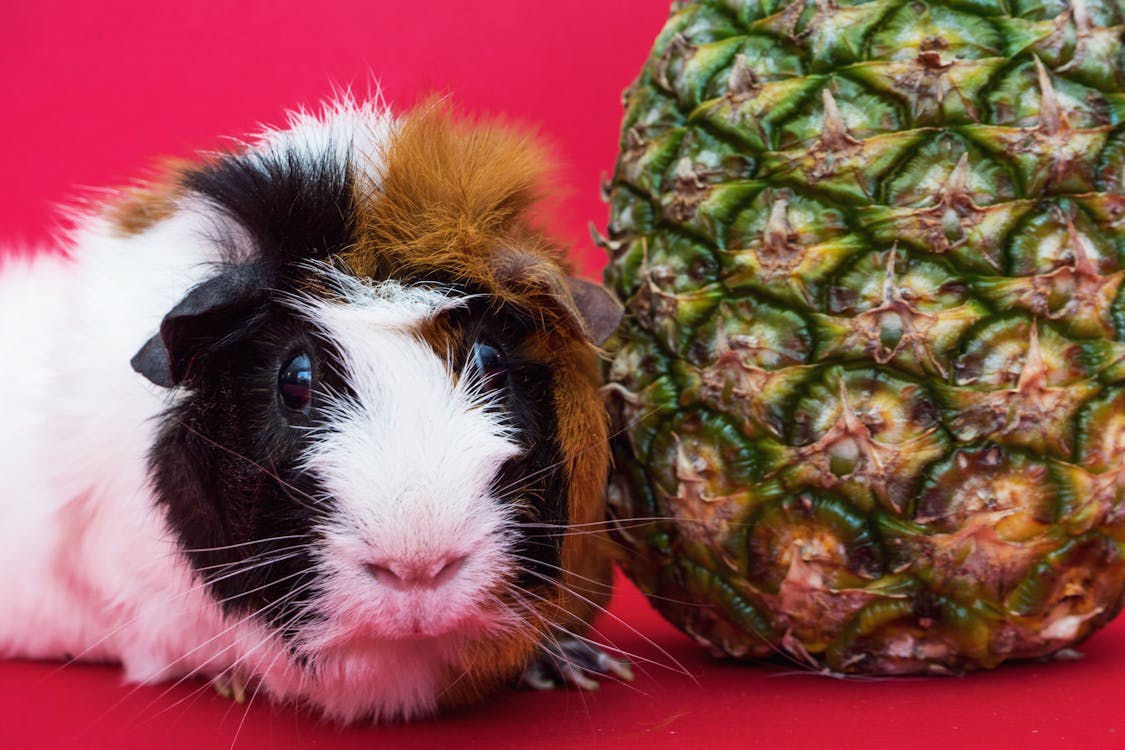
Guinea pigs are herbivores, which means they eat plants. They prefer grasses and hay, but also enjoy vegetables such as carrots and sweet potatoes. They should never be fed cedar shavings or anything from the onion family, because these items can cause liver damage. Guinea pigs also need to have constant access to water, because they cannot store water in their bodies like other animals do.
8. Reptiles
Reptiles are typically considered insectivores, meaning they eat primarily insects and other arthropods. A study of the diets of two species of iguanas found that one ate mostly fruit and flowers while the other primarily ate spiders. However, reptiles are opportunistic feeders, meaning that they will eat whatever is available to them in their environment. This means that your pet iguana’s diet may include things like flowers, fruits, insects, spiders and tree bark.
9. Snakes
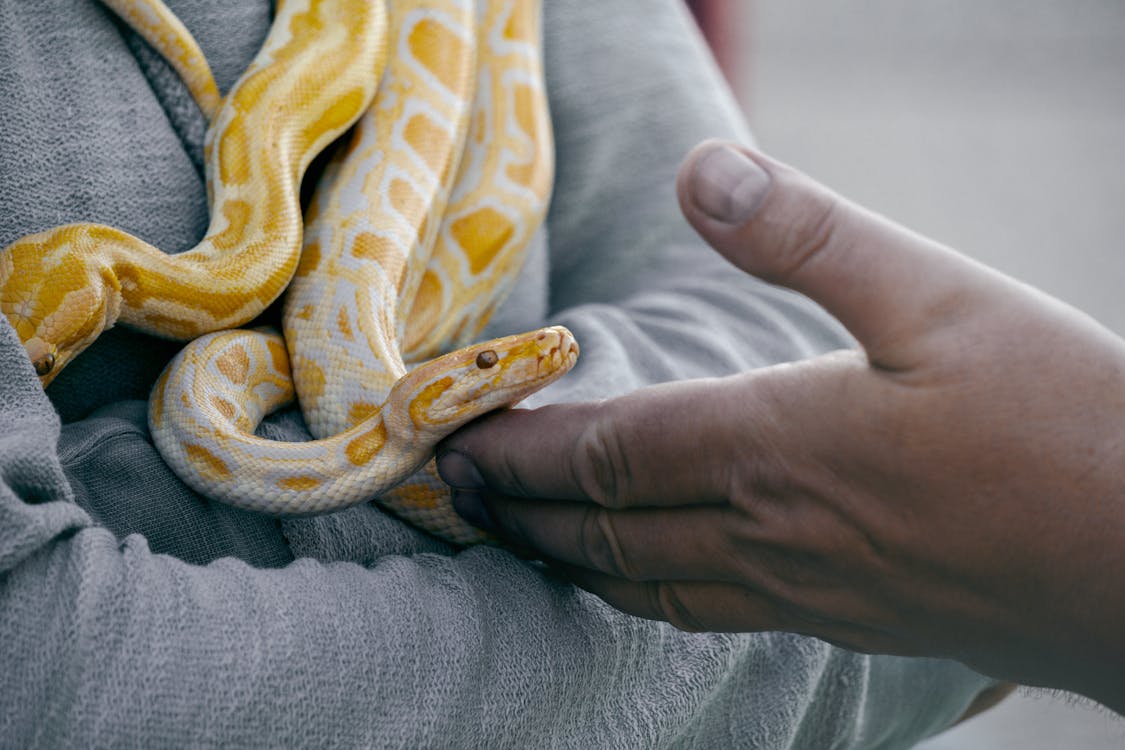
Snakes are ectothermic, meaning they depend on external sources of heat to regulate their body temperature. This is why they always need to be near a heat source, like the sun or a lamp. They also have very slow metabolisms because they are cold blooded, so it’s important to feed them regularly and make sure they’re not hungry.
10. Dogs
- Dogs are omnivores, meaning they can eat a variety of foods and survive on just meat alone.
- Although dogs evolved from wolves and still have many of the same characteristics, they are much more like domesticated cats than their wild counterparts in that they do not require large amounts of protein in their diet.

